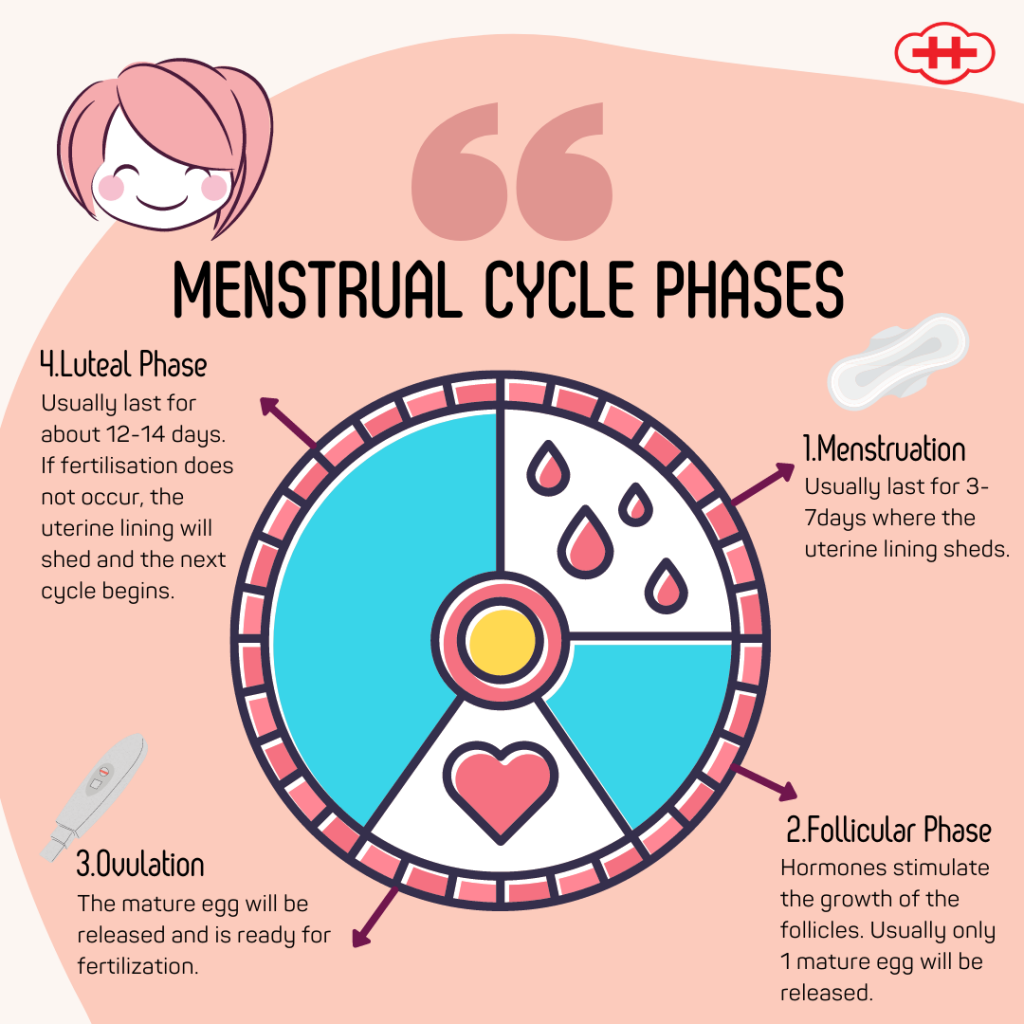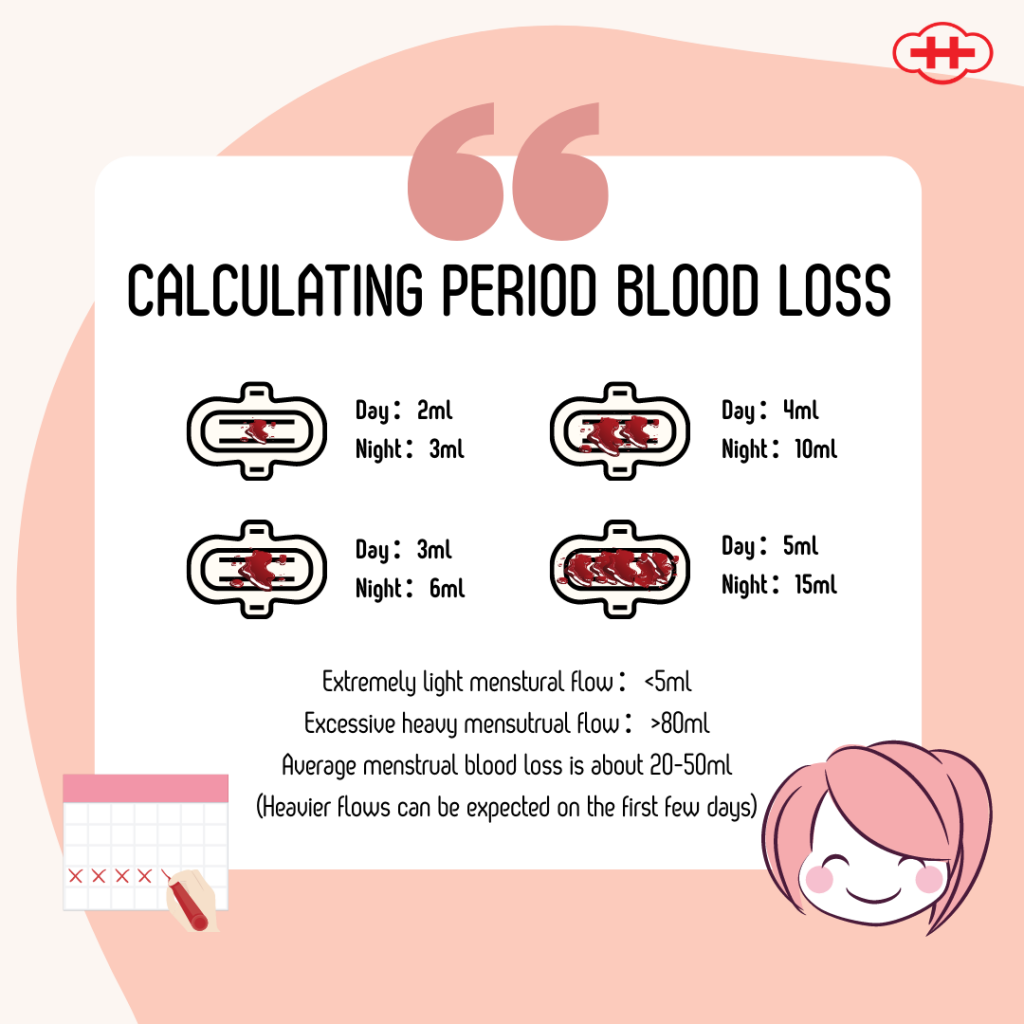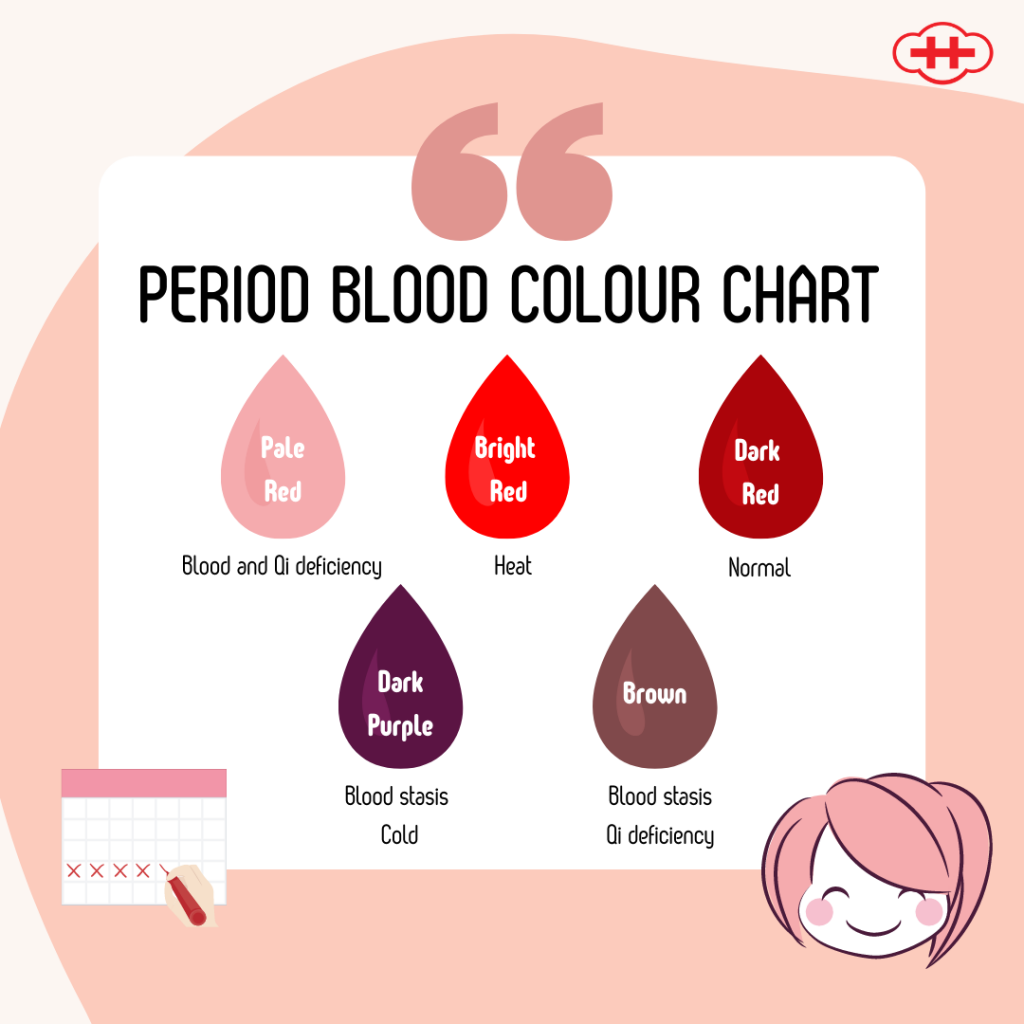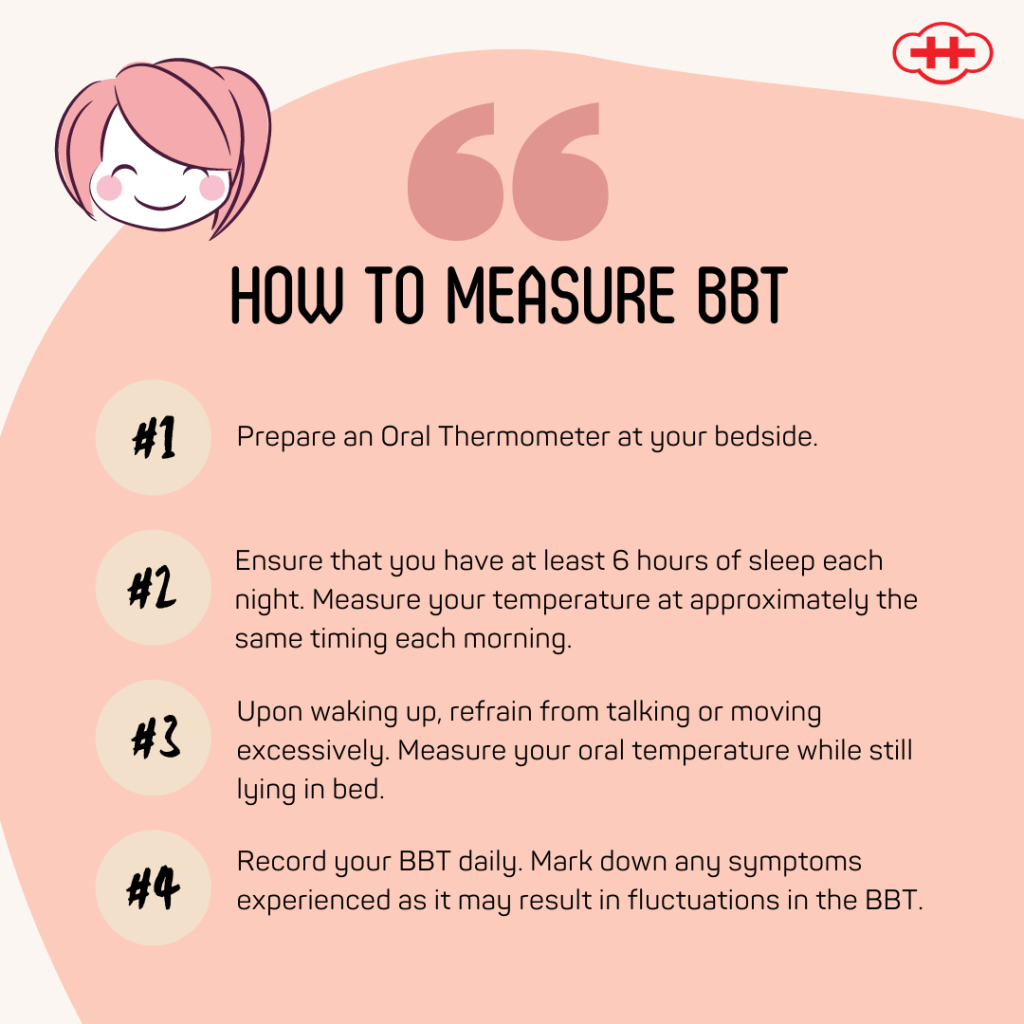Details
When will I get my period? Menstruation (also called a ‘period’) is the shedding of the endometrial lining accompanied by bleeding. Most girls have their first menstrual period, or menarche, between the ages of 13 – 14 years, but some may start earlier or later. A menstrual cycle is counted from the first day of bleeding in one month to the first day of bleeding in the next month. The average menstrual cycle is about 28 days, but cycles may vary from 21 – 35 days. In the first few years, it is common for your period to be irregular and unpredictable. The Menstrual Cycle: Phases of Your Cycle A woman’s menstrual cycle constitutes of four phases which includes:- Menstruation – This is the first stage of your menstrual cycle, also when you get your period. Typically, a period will last for 3 – 7 days.
- Follicular phase – Hormones will stimulate follicles in your ovary to prepare for the release of a mature egg.
- Ovulation – This is when your ovary releases a mature egg. Ovulation usually occurs at around day 14 (if you have a 28-day cycle). Having sex during this time gives you the best chance of conceiving.
- Luteal phase – If you do get pregnant, your body will produce human chorionic gonadotropin (hCG), which can be detected by pregnancy tests. If you do not get pregnant, the decreased level of hormones will cause the onset of your next period.

Knowing your menstruation inside and out Usually, the total amount of blood lost during one period is approximately 20 – 50 ml. An unusually light or heavy period can sometimes be a cause of concern. As a rule of thumb, losing less than 5ml per cycle is considered light while more than 80ml of blood loss can be deemed as heavy.

Healthy period blood colour varies from red to dark red. In most cases, the variation of colours has something to do with the flow and time the blood has been in the uterus. A darker colour suggests slightly older blood or slower flow. Occasional blood clots during your period are also perfectly normal. The colour of your period blood can be used as an indication for TCM syndrome diagnosis:
- Pale red – From TCM perspective, pale red blood can represent blood and qi deficiency of the Spleen. The Spleen system is responsible for transforming and transporting the food that we eat into nutrients and qi. A week Spleen system may result in symptoms such as fatigue, pale complexion, loss of appetite and bloating.
- Bright red – This is usually an indication of excessive heat. Accompanying symptoms can include feeling feverish, thirst and sore throat.
- Dark red – The colour of a healthy period blood. However, this may also be an indication of Liver qi stagnation. The Liver system is responsible for the regulation of blood and qi throughout the body. When the smooth flow of qi is impeded, symptoms such as throbbing headaches, breast tenderness, cramps and irritability may surface.
- Dark purple – This can be an indication of blood stasis or coldness. In such cases, irregular period, intense and stabbing cramps, and heavy blood flow with clots may be experienced.
- Brown – When stagnation persist over a long period of time, it will lead to blood stasis and qi deficiency. Brown blood, in particular, is often seen at the start or end of your period. The blood may be leftover from your last period.

Measuring Basal Body Temperature Basal body temperature (BBT) can be used as a way to predict fertility or as a part of a method of contraception, by helping you gauge the best days to have or avoid unprotected sex. It is measured when you are at complete rest, not influenced by factors like muscle movements, food or environment. The BBT will fluctuate according to a woman’s menstrual cycle. BBT is lower during the follicular phase, reaches the lowest point during ovulation and increase 0.3~0.6℃ after ovulation during the luteal phase.



 Contact Us
Contact Us Donation
Donation Volunteer
Volunteer Facebook
Facebook